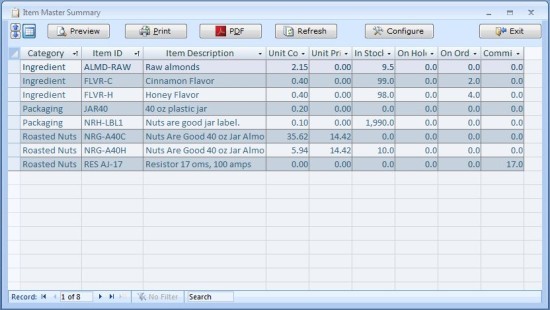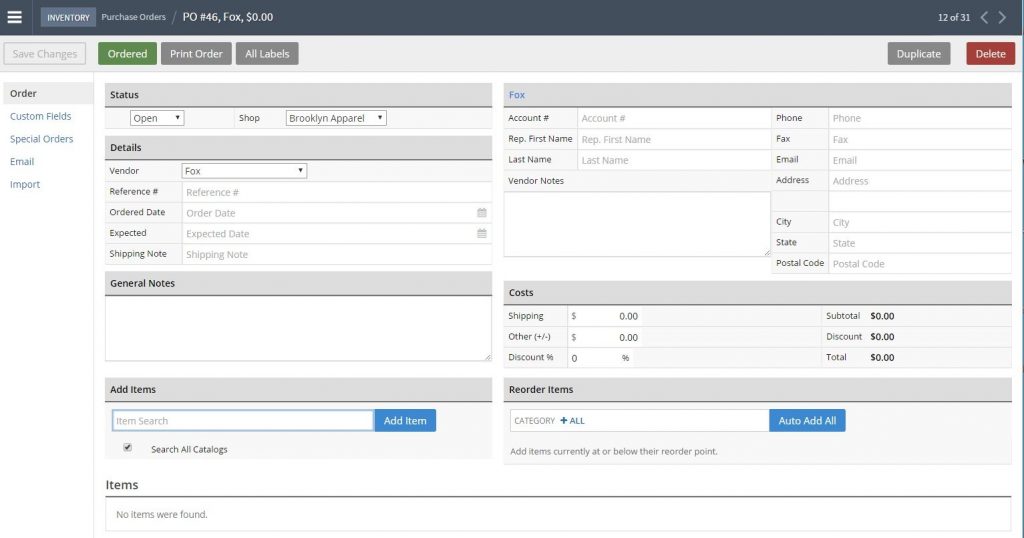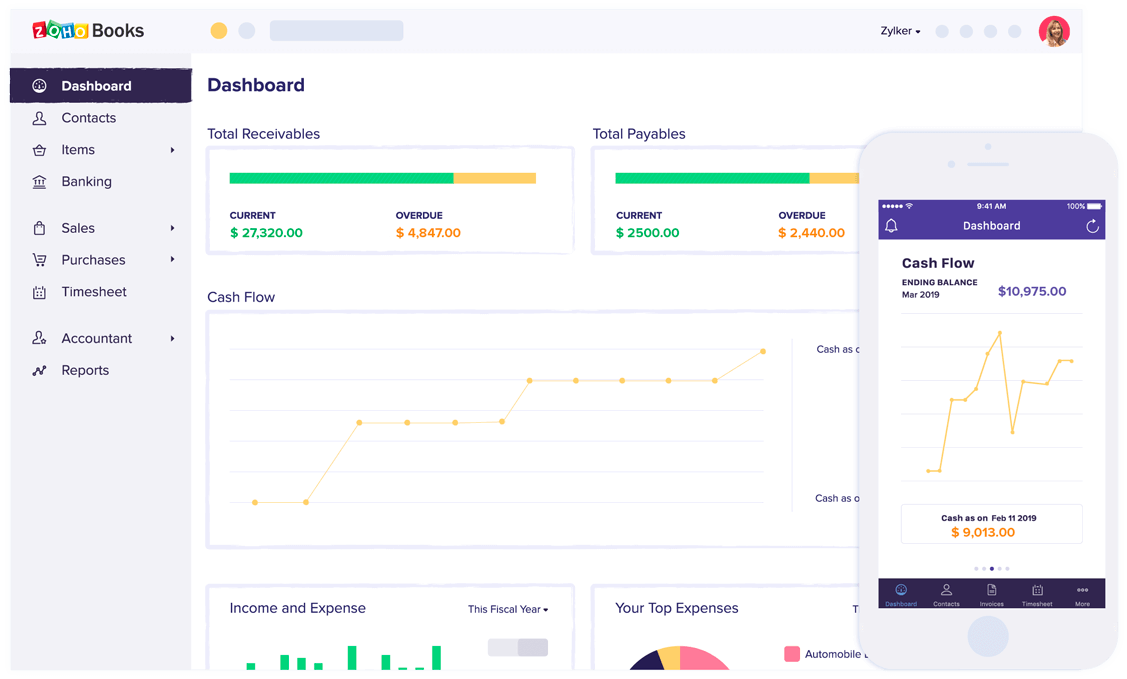Best Small Business Inventory and Sales Software: A Guide for Beginners
Are you a small business owner struggling to manage your inventory and sales? Do spreadsheets and sticky notes feel like they’re taking over your life? You’re not alone! Many small businesses find themselves overwhelmed by the details of tracking stock, managing orders, and analyzing sales data. Fortunately, there’s a solution: small business software designed specifically for inventory and sales management. This guide will help you understand what’s available and how to choose the best software for your needs.
Keywords: small business software, inventory management software, sales management software, inventory tracking, sales tracking, point of sale (POS) system, small business inventory, small business sales, inventory control, sales reporting, business software for small business, affordable inventory software.
Understanding Your Needs: The Foundation of Choosing the Right Software
Before diving into specific software options, let’s identify your key requirements. Think about your business:
-
What do you sell? Are you selling physical products, digital downloads, services, or a combination? This will heavily influence the type of software you need. A physical product business requires inventory tracking, while a service-based business may only need sales tracking and client management features.
-
How many products do you have? A small selection of items might be manageable with a simple spreadsheet, but a larger catalog will definitely benefit from dedicated software.

-
What are your sales channels? Do you sell online, in a physical store, or both? Your software needs to integrate with these channels seamlessly. Online sales often require e-commerce integration, while brick-and-mortar stores need point-of-sale (POS) functionality.

What’s your budget? Software options range from free (often with limitations) to quite expensive. Determine how much you’re willing to invest and look for solutions within your price range.
-
What are your technical skills? Some software is more user-friendly than others. Choose something that aligns with your comfort level and the technical capabilities of your team.

| Feature | Importance (Low-Medium-High) | Notes |
|---|---|---|
| Inventory Tracking | High | Essential for physical product businesses |
| Sales Tracking | High | Crucial for understanding business performance |
| POS Integration | Medium (if applicable) | Necessary for brick-and-mortar sales |
| E-commerce Integration | Medium (if applicable) | Needed for online sales |
| Reporting & Analytics | High | Helps you make data-driven decisions |
| Customer Management | Medium | Useful for building customer relationships |
| Mobile Access | Medium | Allows for on-the-go management |
| Pricing | High | Choose a plan that fits your budget |
Types of Small Business Inventory and Sales Software
Several categories of software can help you manage your inventory and sales.
-
Spreadsheet Software (e.g., Google Sheets, Microsoft Excel): While basic, spreadsheets can work for very small businesses with minimal inventory. However, they lack advanced features and can become cumbersome as your business grows.
-
Simple Inventory Management Software: These tools offer basic inventory tracking, sales recording, and reporting. They’re ideal for small businesses with straightforward needs and a limited budget.
-
Advanced Inventory Management Software: These solutions provide comprehensive features, including advanced reporting, forecasting, and integration with other business tools (like accounting software). They’re suitable for businesses with complex inventory needs.
-
Point-of-Sale (POS) Systems: POS systems are designed for retail businesses and integrate hardware (like barcode scanners and cash drawers) with software for managing sales transactions and inventory.
-
E-commerce Platforms (e.g., Shopify, WooCommerce): These platforms integrate with inventory management tools to manage online sales and inventory levels. They often include features like order processing, shipping, and customer relationship management (CRM).
Choosing the Right Software: A Step-by-Step Guide
-
Identify your needs: Review the table above and honestly assess your business’s requirements.
-
Research different software options: Explore the various types of software and read reviews. Consider both free and paid options.
-
Trial the software (if possible): Many software providers offer free trials. Take advantage of this opportunity to test the software and see if it meets your needs.
-
Consider integration with other tools: Ensure the software integrates with your accounting software, e-commerce platform, or other essential business tools.
-
Check customer support: Good customer support is essential, especially when you’re new to the software. Look for providers with responsive and helpful support.
-
Read reviews: Check online reviews from other users to get a sense of the software’s pros and cons.
Key Features to Look For
-
Inventory Tracking: Accurate tracking of stock levels, including incoming and outgoing products. Look for features like barcode scanning, automated stock alerts (low stock warnings), and the ability to track product variations (size, color, etc.).
-
Sales Tracking: Record all sales transactions, including date, time, product sold, quantity, and price.
-
Reporting and Analytics: Generate reports on sales trends, inventory levels, and other key performance indicators (KPIs). This data helps you make informed business decisions.
-
Customer Relationship Management (CRM): Manage customer information, track interactions, and personalize marketing efforts.
-
Integration with other tools: Ensure compatibility with your accounting software, e-commerce platform, and other business tools.
-
User-friendliness: Choose software that is intuitive and easy to use, even for non-technical users.
-
Scalability: Select software that can grow with your business.
| Software Type | Pros | Cons | Best For |
|---|---|---|---|
| Spreadsheet Software | Free, easy to learn | Limited features, prone to errors, difficult to scale | Very small businesses with minimal inventory |
| Simple Inventory Software | Affordable, easy to use, basic features | Limited functionality, may not integrate with other tools | Small businesses with straightforward needs |
| Advanced Inventory Software | Comprehensive features, scalability, integration capabilities | More expensive, steeper learning curve | Growing businesses with complex inventory needs |
| POS Systems | Streamlines sales transactions, integrates with hardware | Can be expensive, requires technical setup | Retail businesses with physical stores |
| E-commerce Platforms | Integrated sales and inventory management, online sales capabilities | Can be expensive, requires technical expertise, may require add-ons | Businesses selling online |
Conclusion
Choosing the right small business software for inventory and sales can significantly improve your business’s efficiency and profitability. By carefully considering your needs and researching different options, you can find the perfect solution to streamline your operations and focus on what matters most: growing your business. Remember to prioritize features like accurate inventory tracking, insightful reporting, and seamless integration with other tools. Don’t be afraid to try out free trials before committing to a paid plan!
Frequently Asked Questions (FAQ)
-
Q: Is inventory management software expensive? A: The cost varies widely depending on the features and provider. There are free options, but they often have limitations. Paid software ranges from affordable monthly subscriptions to more expensive enterprise solutions.
-
Q: How do I choose between cloud-based and on-premise software? A: Cloud-based software is typically more affordable and accessible, requiring no local server. On-premise software provides more control but demands more technical expertise and infrastructure.
-
Q: What if my business grows? A: Choose scalable software that can adapt to your changing needs. Many providers offer different pricing tiers to accommodate growth.
-
Q: How long does it take to learn how to use inventory management software? A: The learning curve varies depending on the complexity of the software. Many user-friendly options are easy to learn quickly, while more advanced solutions may require more time and training.
-
Q: What are the benefits of using inventory management software? A: Improved accuracy, reduced waste, better stock control, increased efficiency, improved sales forecasting, and data-driven decision-making.
Remember, the best software is the one that best fits your business needs. Take your time, do your research, and you’ll find the perfect tool to help your small business thrive.
